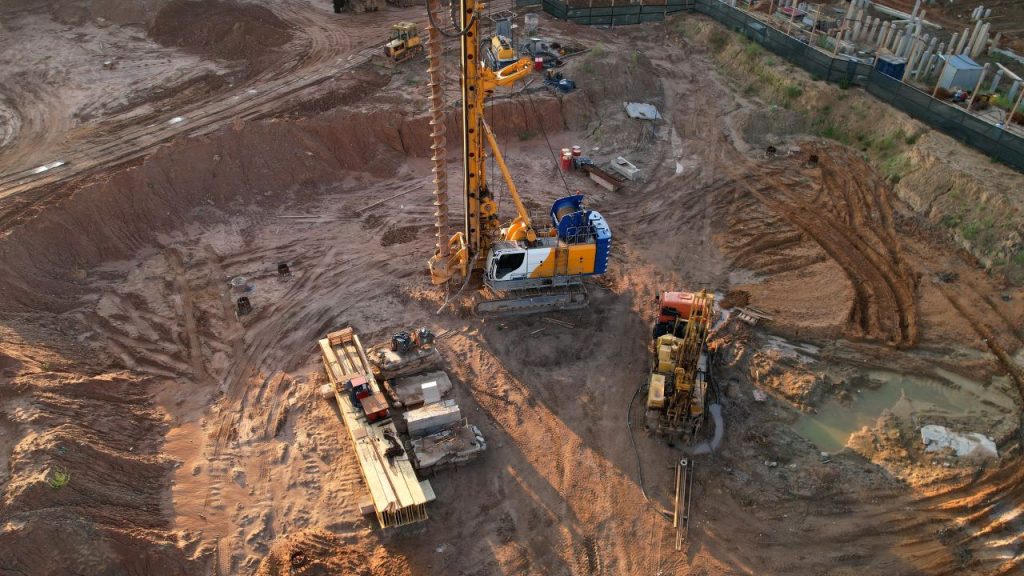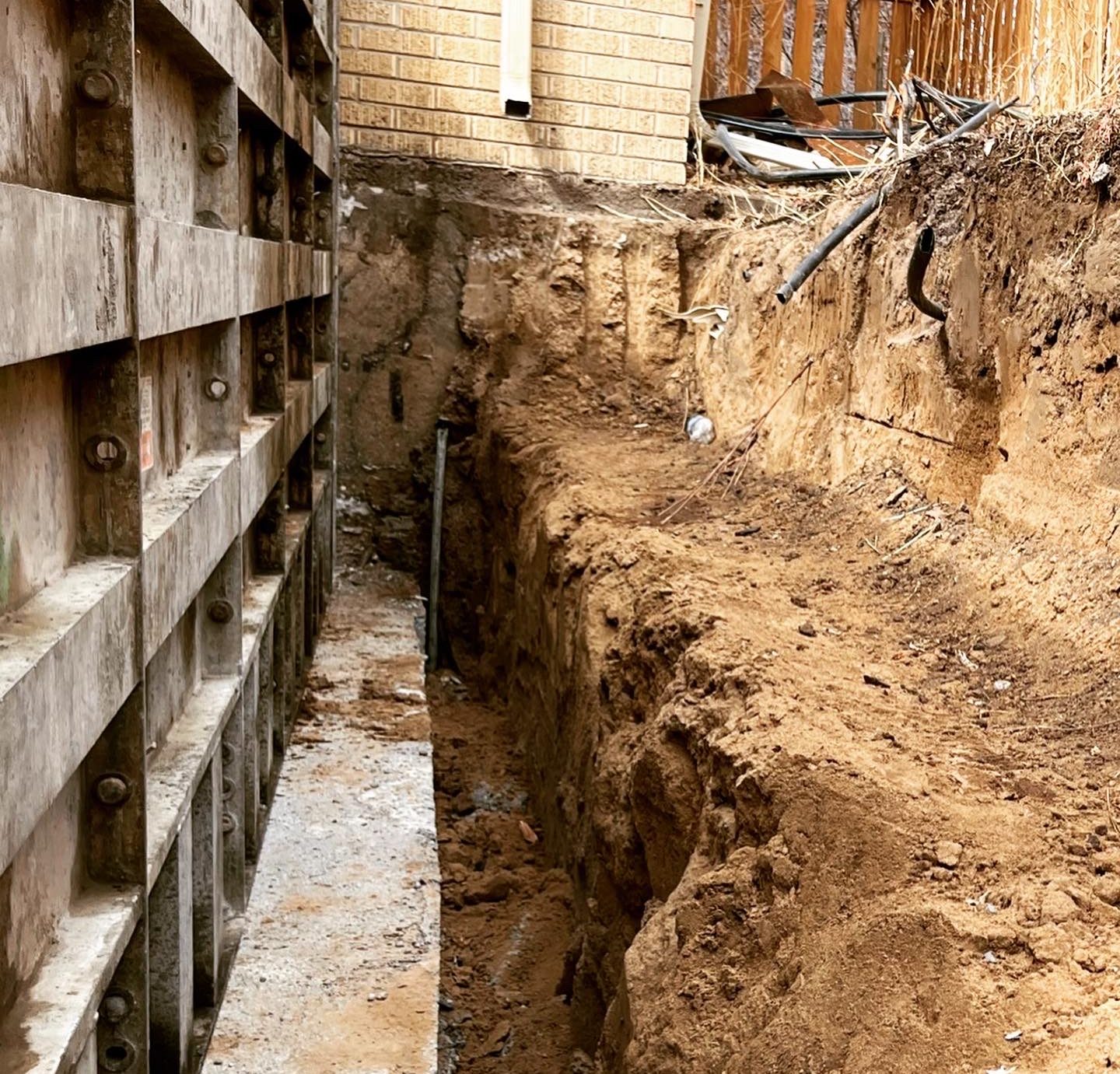Critical Abilities for Growing in the Geotechnical Industry Today
Critical Abilities for Growing in the Geotechnical Industry Today
Blog Article
The Crucial Contributions of Geotechnical Engineers in Evaluating Dirt Actions and Structure Design for Sustainable Infrastructure Advancement
Geotechnical designers offer as a cornerstone in the world of lasting framework growth, where their competence in examining soil habits straight influences the security and durability of frameworks. By utilizing innovative strategies such as Standard Penetration Tests and Cone Penetration Screening, they diligently evaluate soil residential properties, bring about educated choices on structure style. These evaluations not only reduce risks associated with differential settlement but additionally lead the means for ingenious, ecologically mindful practices. As we explore the vital duty they play, the effects of their payments increase crucial concerns about the future of infrastructure resilience and sustainability.
Role of Geotechnical Designers

In addition to site examinations, geotechnical engineers evaluate possible dangers such as soil liquefaction, slope security, and groundwater problems. They apply innovative design principles to develop remedies that alleviate these dangers, guaranteeing that designs abide with appropriate codes and standards. Their job typically involves cooperation with various other engineering techniques, designers, and ecological researchers to create incorporated approaches to facilities growth.
In addition, geotechnical engineers add to sustainable methods by promoting making use of materials and techniques that minimize environmental impact. With their extensive understanding of dirt mechanics and geology, they play an essential function in cultivating safe, durable, and lasting infrastructure that satisfies the demands of culture while safeguarding the setting.
Dirt Behavior Evaluation Strategies
Understanding soil habits is basic to informed decision-making in geotechnical engineering, as it straight affects the design and building procedures. Numerous analysis techniques are utilized to examine dirt residential properties, making certain accurate forecasts of its performance under different loading conditions.
One main technique is the Common Infiltration Examination (SPT), which provides insights into soil density and consistency through the resistance experienced during penetration. Likewise, Cone Penetration Testing (CPT) uses a constant profile of soil stratification and in-situ stamina specifications, allowing a much more in-depth understanding of subsurface conditions.
Lab tests, such as Atterberg limitations, unconfined compressive strength, and triaxial tests, are important for characterizing dirt actions under regulated conditions. These tests facilitate the resolution of critical criteria, consisting of shear permeability, compressibility, and toughness.

Structure Style Concepts
Foundation style concepts are vital for guaranteeing the stability and longevity of structures, as they dictate just how lots are sent from the superstructure to the underlying dirt. These concepts include various considerations, consisting of load-bearing ability, negotiation, and lateral stability. A comprehensive understanding of soil technicians is crucial for geotechnical designers to review the communication between the foundation and the dirt.
One key concept is the ideal option of foundation kind, which might consist of superficial foundations, such as spread footings, or deep foundations, like caissons or heaps, depending upon dirt problems and structural loads - geotechnical industry. The foundation must be designed to decrease differential negotiation, which can bring about structural damage

Lasting Framework Practices
Exactly how can we effectively incorporate sustainability right into infrastructure methods? Sustainable framework methods begin with comprehensive website evaluations, which evaluate dirt behavior, neighborhood ecological communities, and source availability.
In addition, utilizing innovative building and construction methods, such as using low-impact structures and recycled materials, dramatically minimizes the carbon footprint of facilities projects. Geotechnical designers play a pivotal duty in selecting ideal materials that boost sturdiness and sustainability, such as making use of geo-synthetics to enhance dirt stability and minimize erosion.
Additionally, lasting facilities techniques require continuous surveillance and maintenance to make sure that structures stay resistant over time. This consists of implementing adaptive monitoring techniques to attend to potential environmental modifications. Cooperation among stakeholders-- including designers, neighborhood communities, and policymakers-- is vital for incorporating sustainability goals into job preparation and execution. Eventually, these techniques not just add to the durability of frameworks yet likewise advertise a much healthier setting, aligning facilities advancement with broader sustainability purposes.
Case Studies and Applications
Case studies in geotechnical design offer important insights into the practical applications of dirt actions and lasting facilities methods. One noteworthy example is the construction of the Burj Khalifa in Dubai, where comprehensive soil screening and evaluation were carried out to assess the unique challenges postured by the area's loose sand and high water table. Geotechnical engineers used progressed methods such as dynamic penetrating Look At This and cone penetration testing to determine the dirt's load-bearing capability, ultimately leading to the style of a deep foundation system that supports this iconic framework.
Another critical instance is the remediation of the San Francisco-Oakland Bay Bridge after the 1989 Loma Prieta earthquake. Geotechnical evaluations exposed the need for dirt stabilization strategies, including grouting and dirt nailing, to improve the seismic resilience of the structure. These interventions not just enhanced the bridge's safety yet also added to its durability and sustainability.
Such instance research studies exhibit exactly how geotechnical designers play an important duty in comprehending dirt habits and using ingenious solutions to make sure the architectural stability and sustainability of framework projects. geo tech engineering. Their know-how is important in attending to the complex challenges postured by different dirt conditions across varied geographic places
Verdict
To conclude, the payments of geotechnical designers are important for the analysis of soil habits and the layout of foundations, which are crucial for sustainable facilities growth. Through the application of sophisticated screening techniques and ingenious products, these professionals make sure the stability and security of frameworks while minimizing environmental effects. The assimilation of sustainable methods advertises strength in infrastructure jobs, highlighting the relevance of partnership amongst stakeholders to accomplish reliable building and construction remedies that fulfill both ecological and social demands.
Geotechnical designers offer as a keystone in the realm of sustainable facilities advancement, link where their proficiency in evaluating soil behavior directly affects the safety and security and durability of structures.Geotechnical engineers play an important function in the style and building of infrastructure by evaluating soil and rock behavior to make certain security and safety and security. An extensive understanding of soil mechanics is essential for geotechnical designers to examine the interaction between the structure and the dirt.
Geotechnical analyses exposed the need for dirt stablizing techniques, including grouting and dirt nailing, to improve the seismic resilience of the structure.In final thought, the contributions of geotechnical designers are crucial for the evaluation of dirt habits and the design of structures, which are essential for lasting facilities development.
Report this page